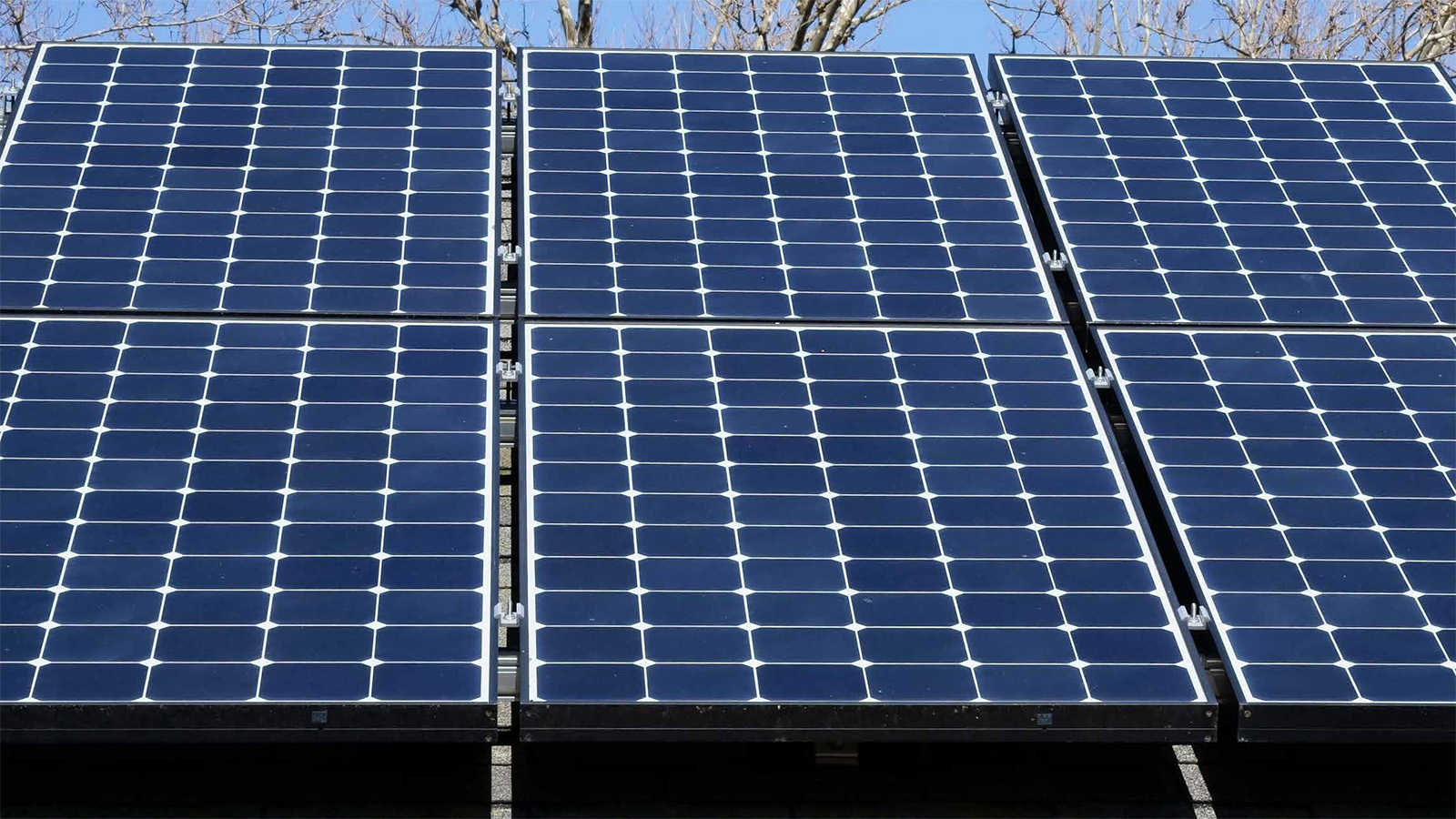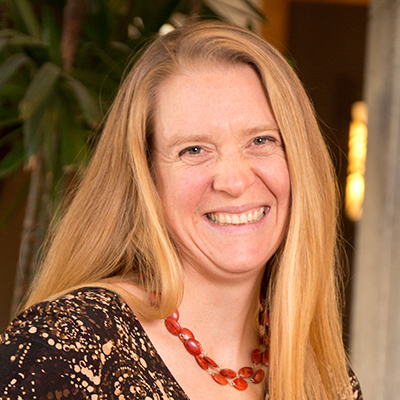
Ten Ways Your Community Can Go All-Electric
A guide for cities and towns
Forward-looking cities and towns across America are forging the path to all-electric buildings.

Electrifying the places we live and work is an important step on America’s path to repower society with clean renewable energy. Burning fossil fuels in residential and commercial buildings causes almost 30% of our country’s global warming emissions and research is increasingly showing that using fossil fuels in appliances like gas stoves can cause dangerous levels of indoor air pollution. Switching to clean, efficient and all-electric technologies will lead to cleaner air and a more livable climate.
Forward-looking cities and towns across America are forging the path to all-electric buildings.
Right now, cities and towns all across America, from Montgomery County, Maryland to Ithaca, New York, to Berkeley, California, are forging the path to all-electric buildings. Environment America Research & Policy Center partnered with U.S. PIRG Education Fund to create a guide highlighting progress for communities that are looking to join the movement for clean energy buildings.
This guide can serve as a starting point for local elected officials and community members who want to get involved and take steps to electrify the places they live, work, learn and spend time with loved ones.
Lead the Way on Electrification
Set ambitious goals
Electrifying every building in America is a bold vision, and bold visions require ambitious goals and plans to achieve them. These plans should include an understanding of the local energy mix, the health of existing energy systems and any fossil fuel infrastructure that is immediately in need of replacement or repair. Communities all across America should set big goals to transition their homes, businesses and other buildings to run entirely on clean electricity. Ithaca, New York recently voted to electrify every single one of its buildings by 2030. This bill is the first of its kind in the country.
Make public buildings all-electric
Cities and towns can lead the way by adopting clean, electric technologies for space heating and cooling, water heating and running appliances in public buildings. That is how decision-makers in Ann Arbor, Michigan are paving the way for broader building electrification. They have committed to electrifying all city facilities by 2030.
Electrify New and Existing Buildings
Transition to all-electric new construction
Building codes are a powerful tool to incentivize or require new buildings to be all-electric. In many cases, new buildings with fully electric systems are already cost-effective compared to those with mixed fuel systems. In 2019, Berkeley, California became the first city in the United States to mandate that all new buildings be built all-electric. Since then, over 50 and counting cities and counties in California alone have followed Berkeley’s lead.
Pass policies to promote the sale of electric appliances
It’s not enough to just electrify new buildings. We also have to retrofit our millions of existing buildings so that they use energy efficiently and can run entirely on clean electricity. Policies that promote the sale of electric appliances can ease the transition for consumers, distributors, contractors and others. Concord, Massachusetts offers rebates for residents who want to install heat pumps and heat pump water heaters. The town also partners with a local energy consulting firm to provide free educational resources to customers choosing to install electric heat pumps.
Adopt comprehensive policies to retrofit existing buildings
Another way to promote retrofits for existing buildings is to implement comprehensive policies that tackle the issue on a larger scale. That can mean setting goals for all buildings to transition to electric power, establishing stretch codes or, for larger cities, setting a building performance standard. The city of Denver, Colorado recently voted to adopt a building performance standard that drives the switch to electric appliances by requiring partial or full electrification of certain types of space and water heating equipment at the time of replacement.
Spread the Word
Engage the community
Some people haven’t heard about the exciting benefits of clean, efficient technology like heat pumps and electric stoves. Many don’t know there are new incentives available thanks to the Inflation Reduction Act. Additionally, many of us are frequently exposed to pro-gas marketing funded by the gas industry.
If we want to electrify every building in America, we need to build support within our communities. Public engagement and education programs can be helpful tools to educate consumers about building electrification. The Burlington Electric Department in Vermont shares helpful information with consumers about the benefits of heat pumps and offers rebates for adopting them.
Work with contractors, developers, distributors, manufacturers and retailers
From manufacturing to distribution to sale, experts at all stages of the electrification process are in important positions to influence the adoption of electric appliances. Education and training programs can help increase awareness of electric technologies, encourage contractors and developers to install electric appliances and boost the number of retailers carrying them.
The New York State Energy Research and Development Authority (NYSERDA) offers over 20 building electrification trainings that local contractors can use to get familiar with skills like installing heat pumps or taking advantage of geothermal tax incentives. Promoting training programs offered by manufacturers is another way to support contractors.
Go Beyond City Hall
Speak up against efforts to block progress
Some special interest groups like fossil fuel companies are actively working to slow the transition to all-electric buildings. Over the last two years, these groups have backed legislation in over 20 states to take away communities’ freedom to go all-electric by preemptively banning any policies that limit gas use. Communities should have the right to choose cleaner forms of energy, and local leaders need to speak out against efforts to prevent progress on building electrification. This year, advocates in North Carolina successfully blocked one of these anti-electrification bills from passing in their state.
Support state and federal policy
Beyond leading locally, we can make even more progress on all-electric buildings when state and federal policies also boost building electrification. Setting goals around electrification and putting incentives and rebates into place, especially those that occur at the point of sale, will make it easier for Americans to switch to electric technologies. The Inflation Reduction Act will help but state-level implementation will be key.
In 2019, Maine passed legislation that set a goal of installing 100,000 heat pumps by 2025. Throughout just one year, over 27,000 heat pumps were installed across the state using rebate incentives provided by the Efficiency Maine Trust.
Advance energy efficiency initiatives
The key to maximizing the benefits of an all-electric building is to make sure it is using energy as efficiently as possible. That can be done by setting appliance efficiency standards, reducing energy waste through weatherization and installing smarter devices that can shift electricity use to times when energy is more widely available. These steps will make the job of switching from fossil fuel power to 100% renewable energy much easier.
In the last year, Rhode Island, Nevada, Oregon and more states have passed new or updated appliance efficiency standards to ensure that our devices like computers and shower heads aren’t using more energy than they need. California and Vermont updated clean lighting standards.
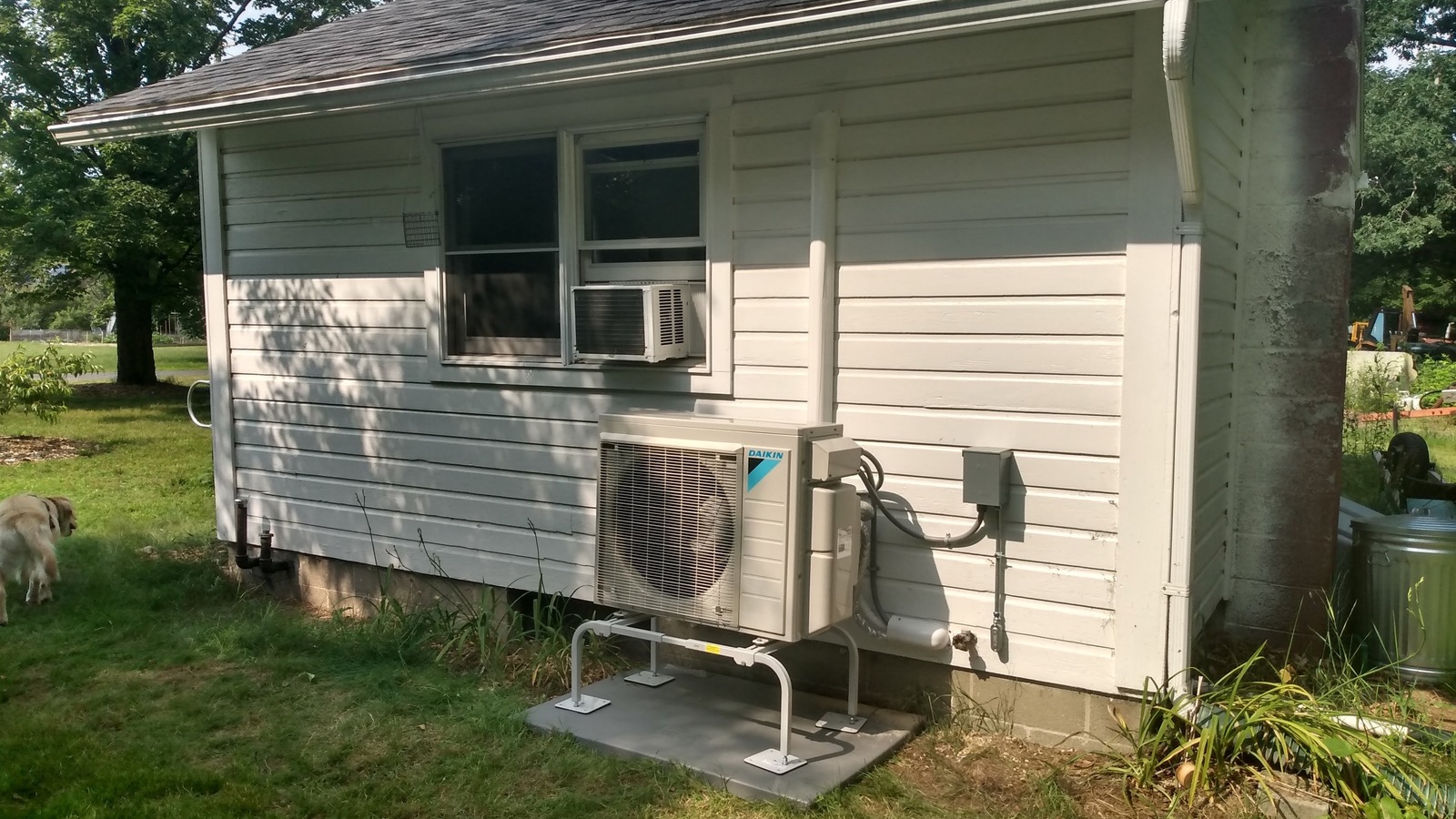
The Clean Energy Home Series (Part 1): What is a heat pump?
Topics
Authors
Johanna Neumann
Senior Director, Campaign for 100% Renewable Energy, Environment America Research & Policy Center
Johanna directs strategy and staff for Environment America's energy campaigns at the local, state and national level. In her prior positions, she led the campaign to ban smoking in all Maryland workplaces, helped stop the construction of a new nuclear reactor on the shores of the Chesapeake Bay and helped build the support necessary to pass the EmPOWER Maryland Act, which set a goal of reducing the state’s per capita electricity use by 15 percent. She also currently serves on the board of Community Action Works. Johanna lives in Amherst, Massachusetts, with her family, where she enjoys growing dahlias, biking and the occasional game of goaltimate.
Find Out More
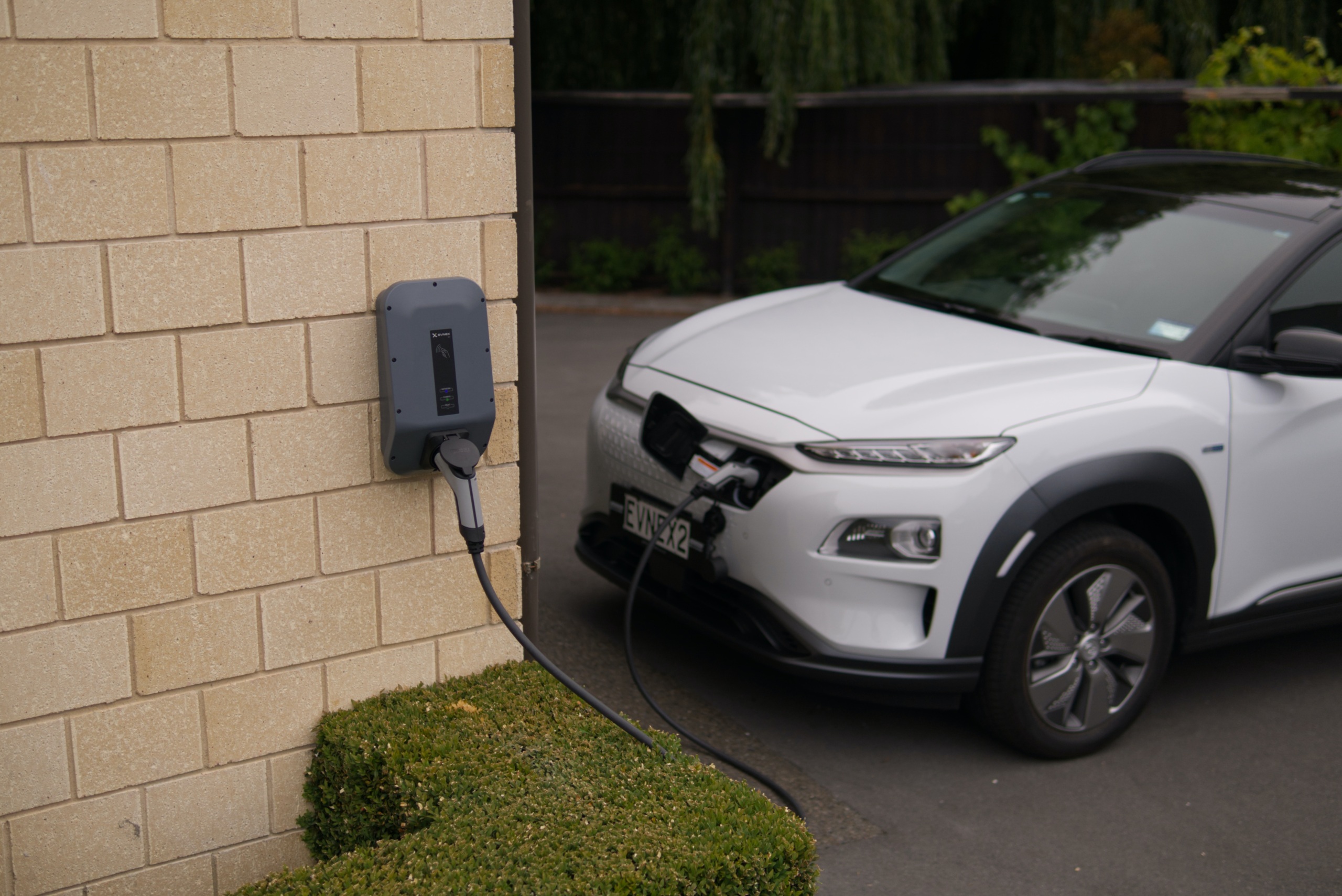
Home EV chargers: How federal tax credits can help you install one
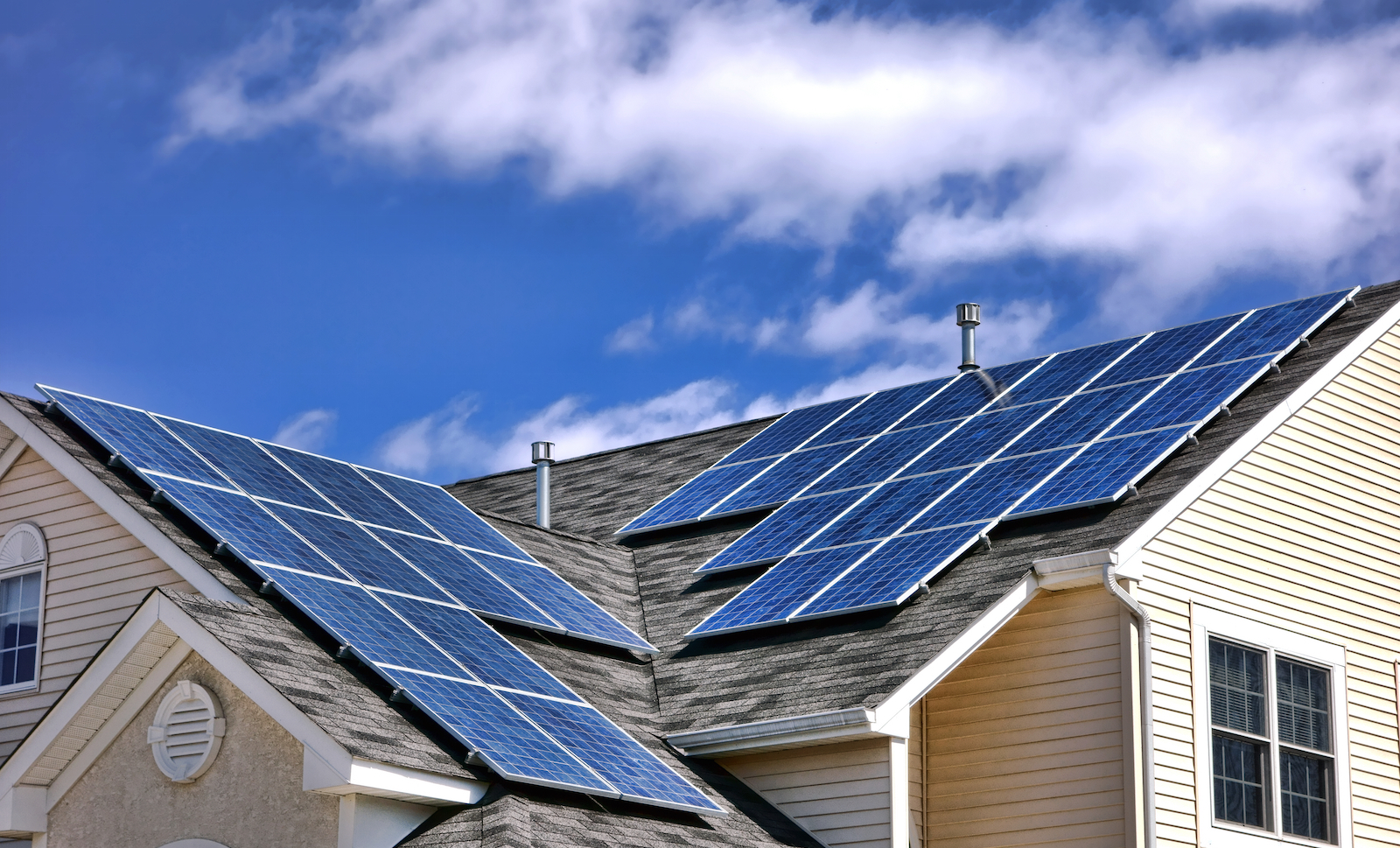
Solar panels: How federal tax credits can help you pay for them

Recording of Rooftop Solar on the Rise webinar
